Soldier and peace, a bit like oil and water when you first think about it, but very fitting and very important to the peacebuilding process.
During this course, I have been very thankful to Major Ralf Lünsmann, who has taught me so much about the military's role in peacebuilding. A common task in our course is to break out into team syndicates and work on a problem together. While the groups are meeting, I have been able to learn from Ralf. He is a major in the Swiss military and teaches geography when he not serving. He has been deployed on three peacekeeping missions around the world.
Ralf taught me that there are two major military components to a United Nations peacekeeping mission. The military observers watch the areas to make sure that conflict will not break out and that local militias are abiding by the ceasefire agreement. These observers are unarmed and also travel into local villages to establish rapport with mayors and community leaders. They work together to monitor any potential uprisings and share information. The other military group is the general military presence. When the United Nations calls for a peace agreement, the number of troops to serve is established. UN ambassadors can volunteer their country for this role. Many times, the joint group is made up of armies from many different countries. All of these men fall under the rule of a force commander, who is appointed by the United Nations. This supervisor usually comes from the country that sends the most troops.
Overall, soldiers have a very important role in the peacebuilding process. The military can help build up roads that were destroyed during the conflict which can transport supplies. Likewise, the military doctors can assist at local hospitals. Soldiers can move supplies, bring relief aid to displaced people, and/or help rebuild homes. The roles for military in peacebuilding are truly endless!
Thanks to all of the soldiers out there who aid in these types of situations!
Subscribe to:
Post Comments (Atom)
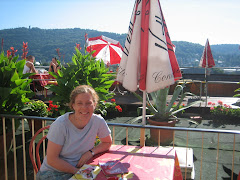
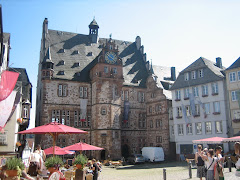
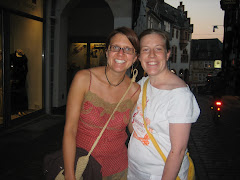


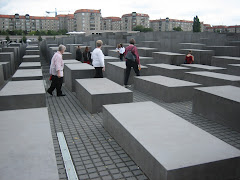
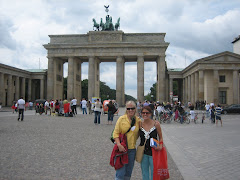







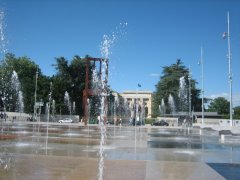








No comments:
Post a Comment